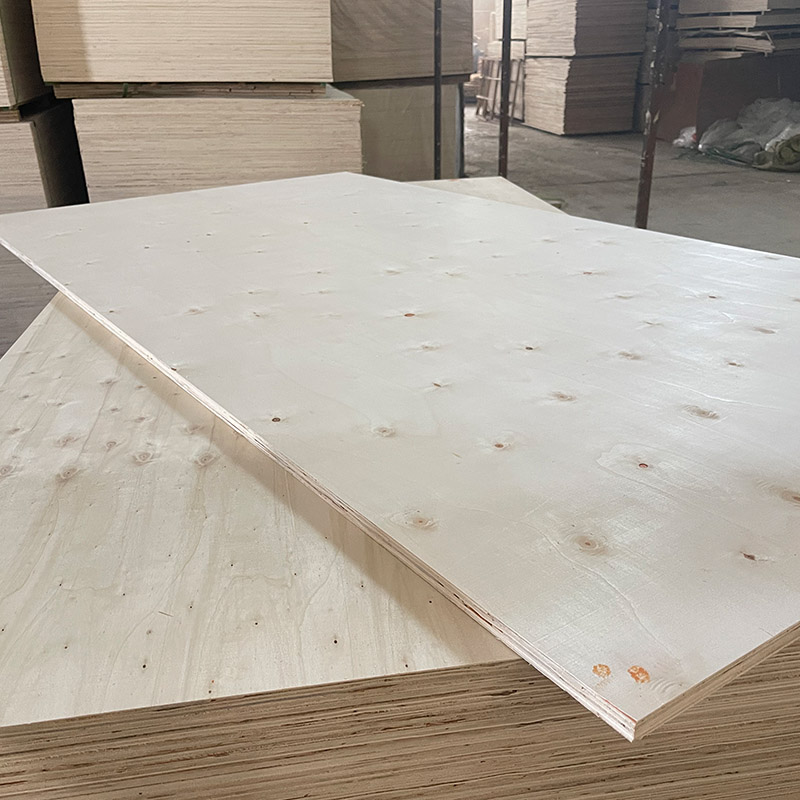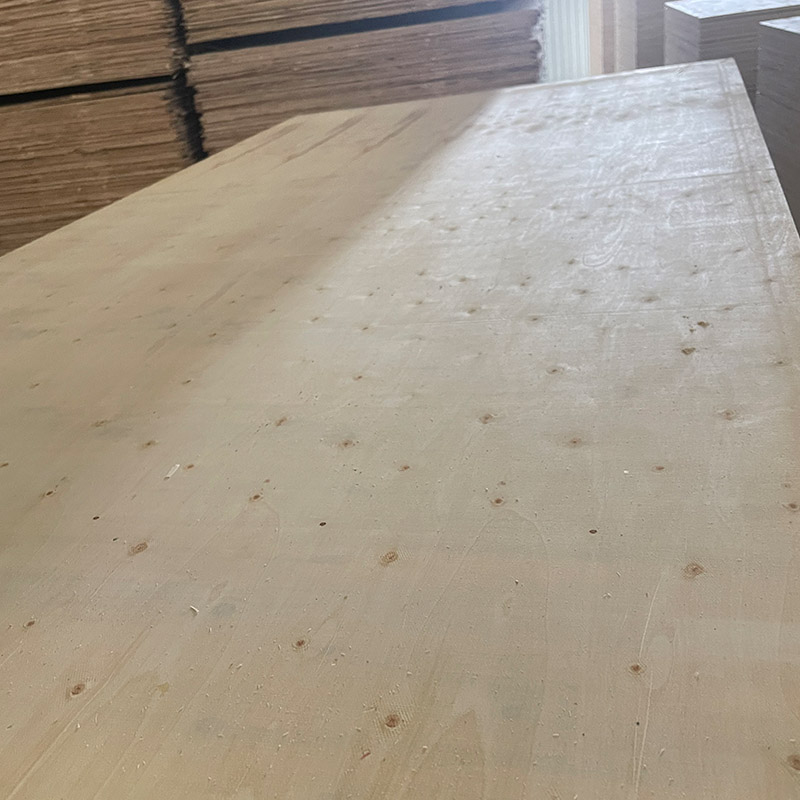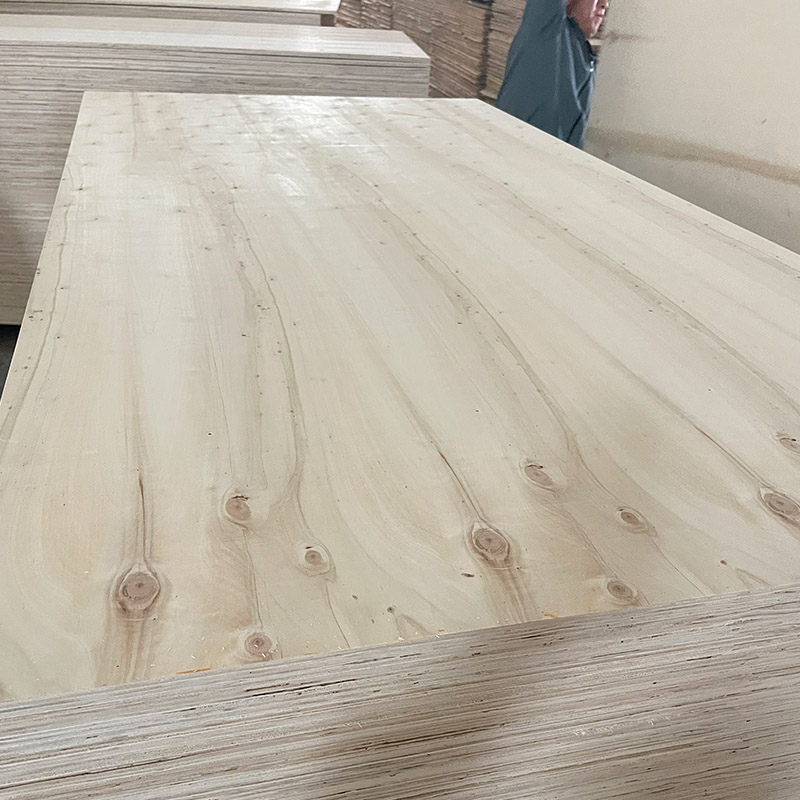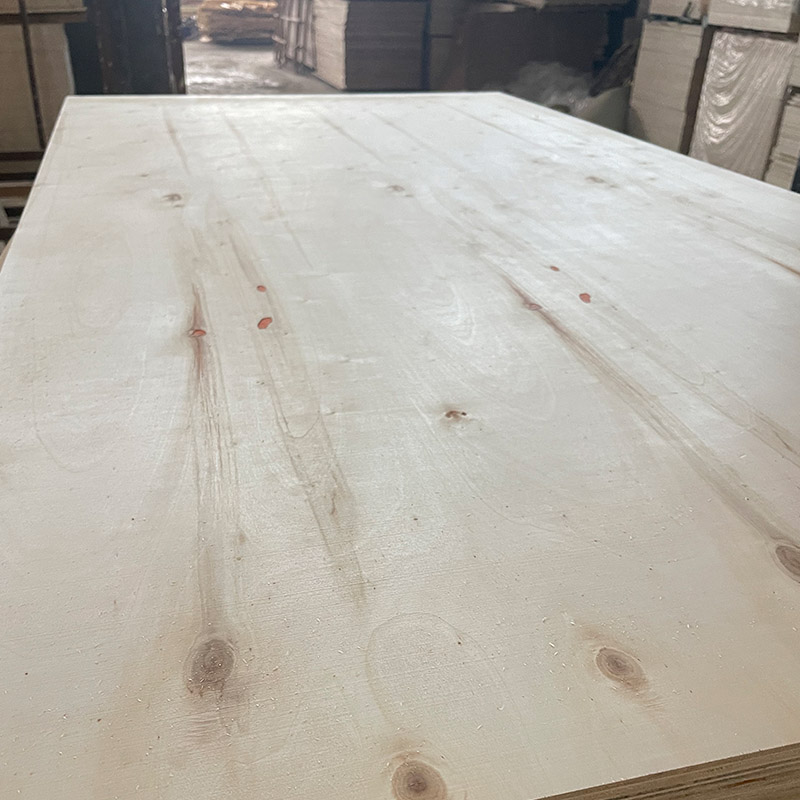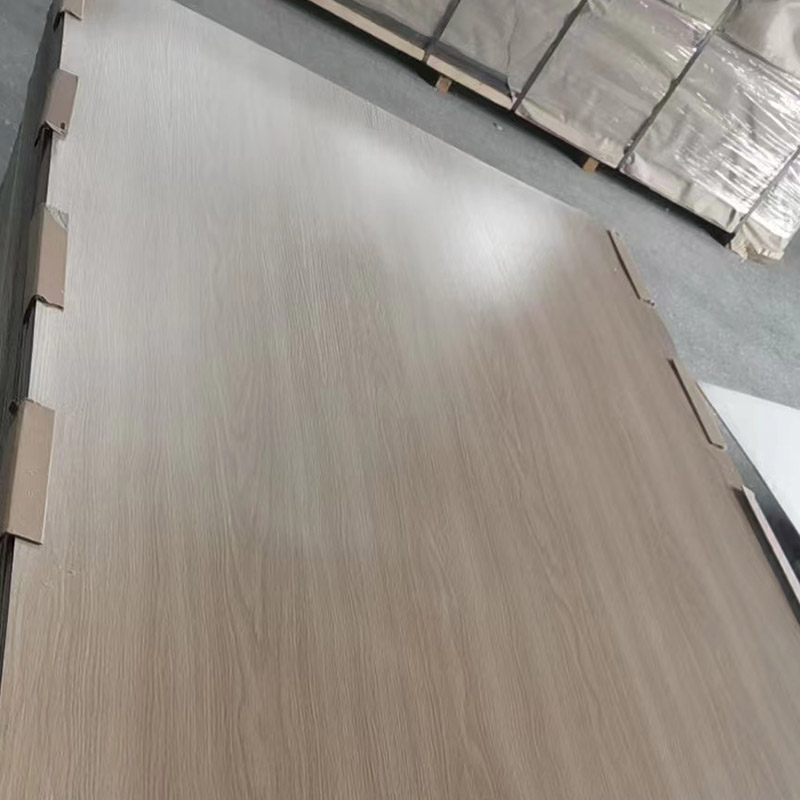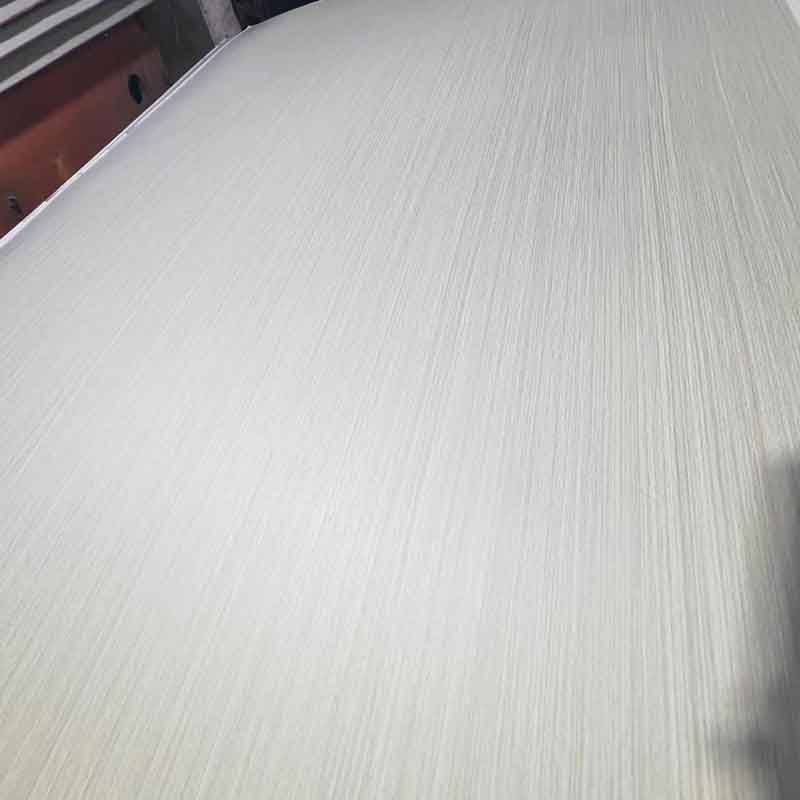Production process of multilayer plywood
Production process of multilayer plywood

Plywood is a kind of multi-layer (odd number) board which is formed by veneer sliced or sliced by log and glued by adjacent layers of wood grain direction perpendicular to each other. It is one of the three major boards of wood-based panel. The common types of plywood are plywood, plywood and so on.
1. Log cutting treatment
Log cutting needs smooth and even section. When cutting, pay attention to some hard objects on the surface of wood, such as stone, stone and so on. Most factories cut logs into two lengths, 2.7 meters long and 1.3 meters short. The longer logs are used as veneers inside plywood. If the logs are highly curved, they are usually cut into shorter lengths.
2. Log peeling
The knife ring peeler is used for log peeling. Before peeling, it can be properly heated and then peeled, but it should not be overheated. The overheated wood will be too soft, and the internal fiber will be pulled out easily when peeling. The thick log heating treatment increases its flexibility. The logs are heated by steam and hot water. The heating temperature depends on the species of wood. Low density species, such as poplar, can be heated to 65 ℃. If the color changes, the heating can be stopped. Almost all log sapwood will darken when heated, which can be easily observed by its appearance.
3. Cutting veneer
Need to be cut into the form of veneer, pay attention to some knot problems encountered in the cutting, try not to let the knot appear at the cutting edge, according to the required size of the plate, cut into a single plate with standard thickness and width.
4. Drying
After cutting, the wood needs to be dried. The common drying methods are roll dryer and belt dryer. The roll dryer can heat and conduct directly, and convection is more effective. In the dryer, the air velocity of 20-30 M / S is used to blow vertically to the veneer surface, which is convenient for rapid drying. The temperature of the dryer is about 150-200 ℃. During the initial drying period, the moisture content of veneer is high, and the temperature above 100 ℃ is generally used for purging.
5. Tailoring
According to the required size of the plate cut into the corresponding length.
6. Gelatinization
The veneer is glued through the gluing machine, and the melamine waterproof glue is mixed with the flour in an appropriate proportion, and the red powder is added to distinguish, so as to make the facial gluing uniform and appropriate.
7. Billet assembly
One horizontal grain and one vertical grain. This interweaved piece of wood can bear more stress both horizontally and vertically.
8. Preloading
After cold pressing the assembled plywood, it is put into the pre press to pre press with a certain pressure for a proper time.
9. Hot pressing
The prepressed slab of gluing group is hot pressed on the hot press at a certain temperature and pressure for an appropriate time, so that the multi-layer plywood can be firmly bonded.
10. Sanding
The surface of hot pressed plywood is sanded by sanding machine to make the board surface smooth and beautiful, so as to facilitate molding.
11. Inspection
12. Package delivery


